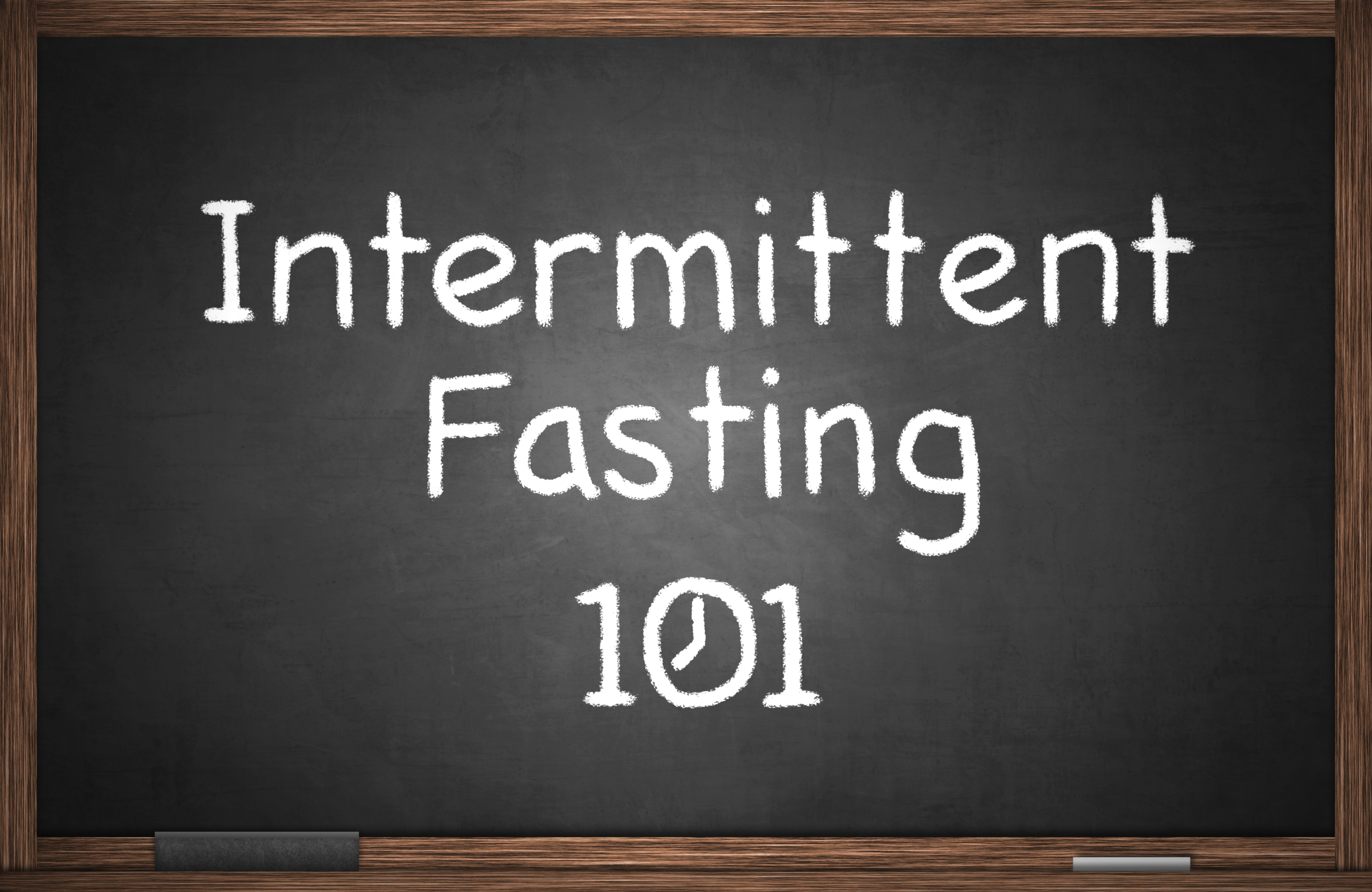
You’ve probably heard of the Intermittent Fasting diet (IF), which means cycling between periods of fasting and eating, with fasts ranging from 16 hours to 24 hours or more. You can learn more about the different types of IF here, but the idea behind the intermittent fasting diet is that it boosts weight loss by lowering your insulin levels so your body releases stored sugar and burns it for fuel.
Many folks do IF in conjunction with a low carb or keto diet, and even golfer Phil Mickelson took it to the next level by doing a six-day fast, consuming only water and a “wellness” coffee containing almond milk and a little medium-chain triglyceride (MCT) oil, before this year’s British Open. He hit the golf course 15 pounds lighter.
While I wouldn’t recommend going to the extremes Mickelson did, especially since if you’re already following a low carb or keto diet, your body is already adapted to burning fat for fuel and able to naturally control blood sugar levels, fasting can give your body a reset and your digestion a break. You can do this simply by shutting down the kitchen after dinner (say, 8 p.m.) and not eating again for 12 to 16 hours later, because who hasn’t eaten too late at night, only to feel the ill effects of indigestion, heartburn and interrupted sleep? When you’re following a low carb diet like Atkins, you’re naturally “cleansing” your system of sugar, refined carbs and overly processed foods, but feel free to give a 12- to `6-hour fast a try if you’d like, and see how it makes your feel.